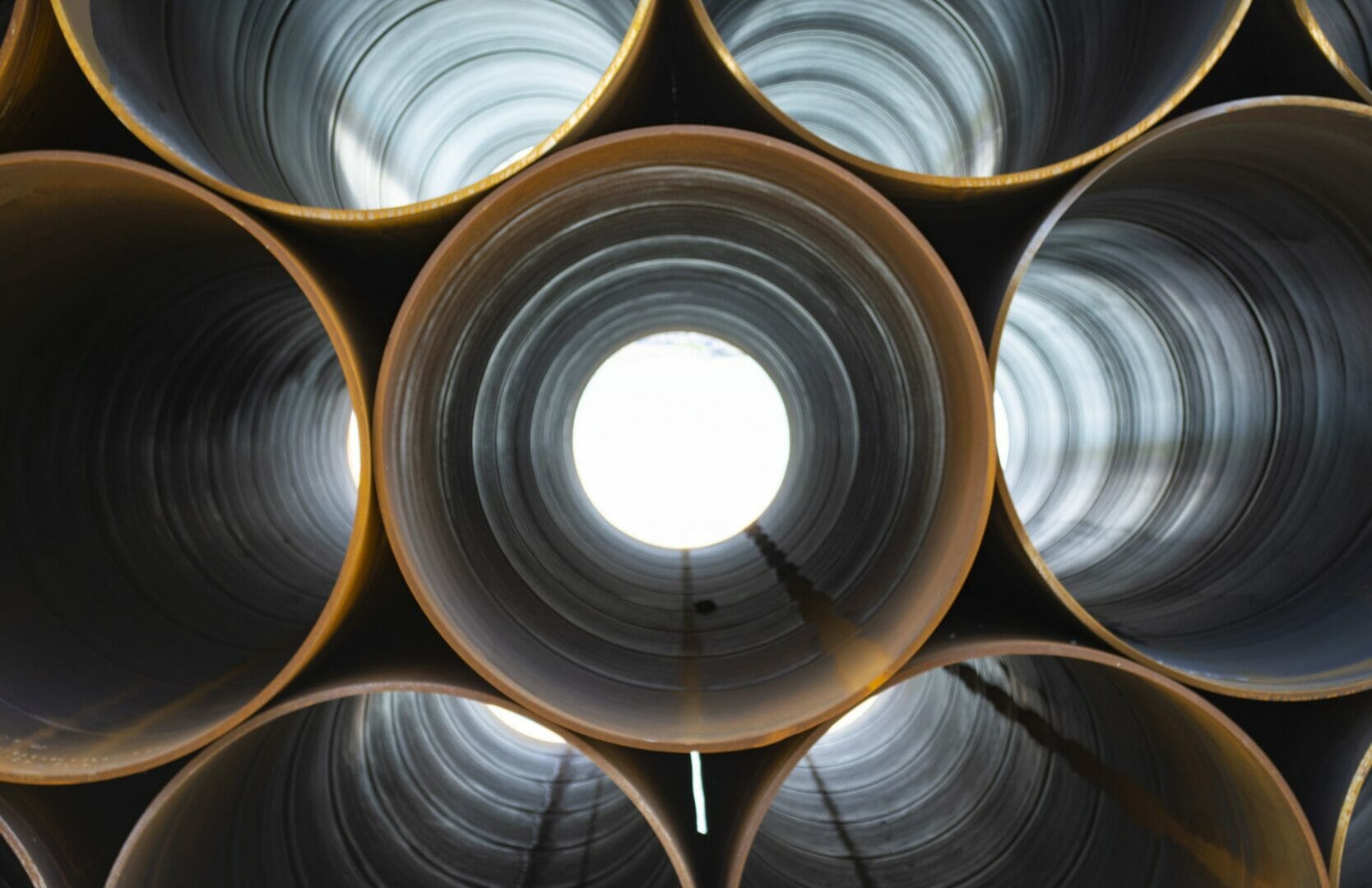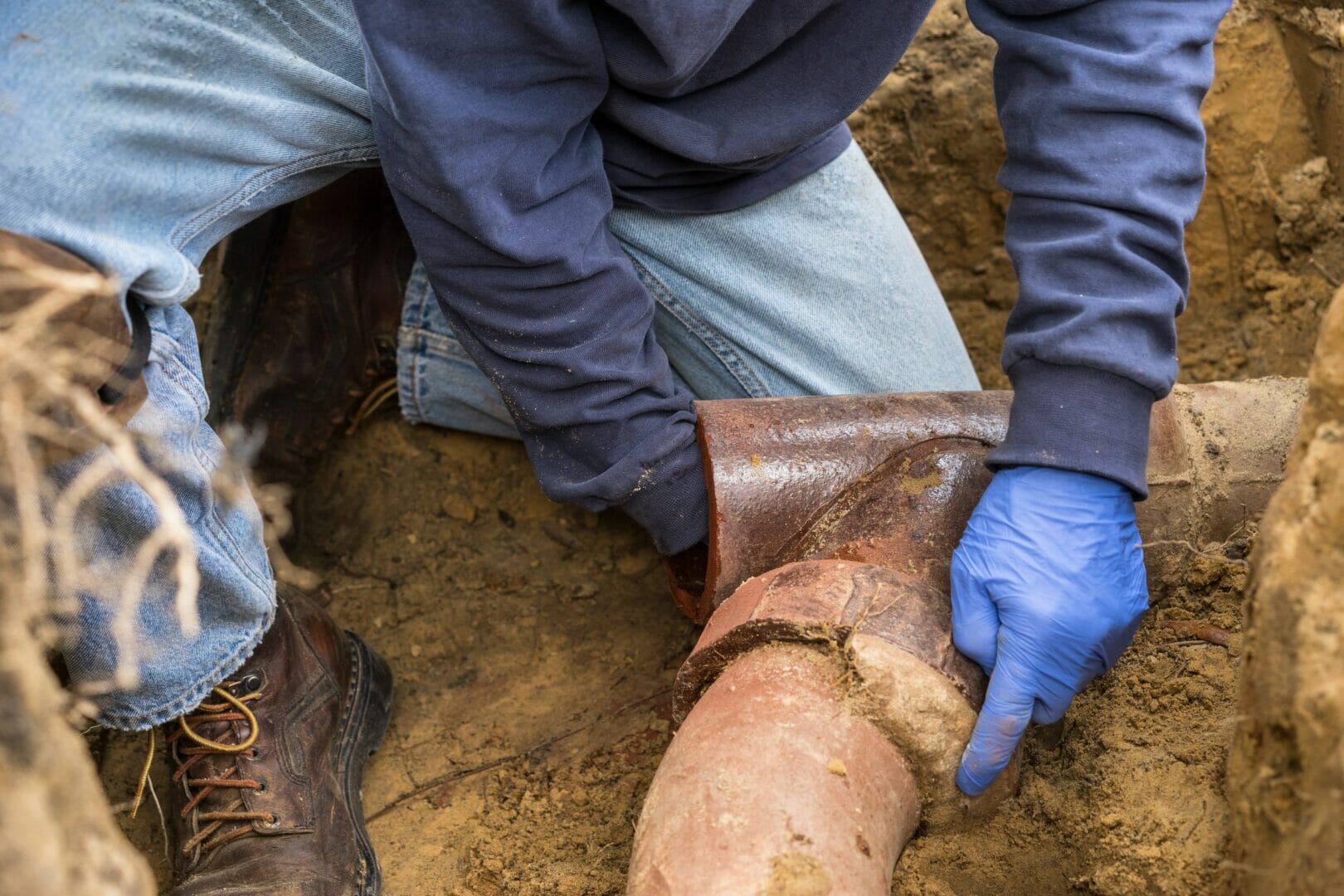
Why CIPP Lining Is The Top Solution For Broken Pipes
Broken pipes can be a source of menace both in residential and commercial establishments. Neglecting burst pipes may cause flooding, risking the safety of people in your property, as well as your business’s reputation. One of the best ways to repair broken pipes is CIPP lining. But, what is this repair method and why is it the top solution for broken pipes?
In this article, you will learn more about CIPP lining so you can make a smart decision when choosing the best repair method for your broken pipes.
What Is CIPP Lining?
Cured-in-place pipe (CIPP) lining pertains to a technology wherein broken pipes are fixed using resin-saturated fiberglass, polyester, or other materials inserted or pulled into the damaged area. CIPP lining is resin-impregnated using an oilless electric vacuum pump under controlled conditions to attain nominal pipe thickness.
Here‘s how CIPP lining works:
- Installing CIPP can be done from an excavation or a manhole using air pressure or water, directing it to the damaged section.
- When CIPP is in place, steam, hot water, or UV light can be used to cure or solidify the resin.
- The process would result in jointless, tight-fitting, and corrosion-resistant repair, which can be monitored using a closed-circuit television (CCTV) or similar inspection equipment.
Reasons Why CIPP Lining Is The Best Solution For Broken Pipes
Now that you know what CIPP lining is, it’s time to know the good reasons why it is the top solution for repairing broken pipes. These include the following:
- CIPP Lining Requires Minimal Or No Excavation
One of the major advantages of CIPP repairs is that it doesn’t require special or extensive excavation. CIPP lining is less disruptive and invasive as compared to traditional excavation when replacing broken pipes.
Any sewer line with a pipe diameter smaller than 60 inches usually requires excavation. But, CIPP can be used instead of excavation for less mess and time consumed. CIPP can be installed using special techniques in a curved piping section to prevent the material from wrinkling or stretching.
- CIPP Lining Is Deposit- And Root-Resistant
The epoxy is strong and thick so roots can’t penetrate CIPP treated pipes, which is very beneficial if you live in an area near the woods, wherein root penetrating the sewer pipes is a constant problem. Make your pipe system last a lot longer with CIPP lining. Also, calcification will not be a problem because deposits won’t cling to the CIPP pipe’s epoxy material.
- CIPP Lining Is Used To Repair Any Sewer Pipe
Whether you have a sewer pipe material that’s an architectural stone, asbestos-covered pipes, PVC plastic wastewater lines, or tarpaper, CIPP can be installed in either horizontal or vertical pipes without the need for trenching and excavation.
- CIPP Lining Is More Cost-Effective Than Traditional Pipe Repair
When it comes to the cost of CIPP lining, it’s cheaper compared to traditional pipe repair, which would require digging. You’ll need fewer workers, less complicated equipment, and less time spent on a project.
- CIPP-Treated Pipes Last More Than 50 Years
Because the epoxy of the new pipe lining is very strong, it’s resistant to corrosion, rotting, and root penetration. If properly maintained, these pipes can last a hundred years. Roots from plants and trees can’t penetrate any section of CIPP-treated pipes.
- CIPP Lining Allows You To Repair One Section At A Time
For sewer pipes with a small damaged section, they can be repaired easily using CIPP lining so as not to disturb the other parts, which usually happens in traditional pipe repair.
It means that you don’t have to redo your entire pipe system when repairing it. CIPP lining won’t damage the surrounding pipes. With traditional methods, there’s not a safe way to repair a small section of pipe without affecting the entire system. With CIPP, there’s no damage to the surrounding pipes or land.
- CIPP Lining Promotes Better Pipe Flow Efficiency
Because CIPP liner is durable and smooth, minor solids and liquids get through the sewer pipes with ease. It means that the debris can’t get stuck or slowed down.
- CIPP Repair Is Completely Trenchless
With CIPP lining, repair can be done in any section without extreme digging. It doesn’t disrupt the project environment, allowing you to finish more tasks.
- Less Noisy Than Dig And Repair Options
When it comes to CIPP equipment, it doesn’t take a lot of space, and only about three machines and a few workers are required at the site.
- CIPP Lining Is A Quick And Easy Pipe Repair Process
CIPP lining only lasts for two to two and a half hours. It quickly fixes problem areas in your broken pipe system.
Tips When Choosing A CIPP Lining Company
Not because you have seen a company online offering CIPP lining means you can hire their services outright. Careful planning is necessary when choosing the right CIPP company to ensure you’ll not get into trouble or pay fpr expensive repairs and replacements later on.
When choosing a good CIPP lining installer, it’s crucial to consider the following:
- Choose A Bonded And Insured CIPP Company: While CIPP lining comes with less or no excavation required, it doesn’t mean that it doesn’t have any risks involved. Choosing a bonded and insured CIPP company ensures that you are free from any legal responsibility when something goes wrong during the project. Also, you’ll not be financially responsible for any damages caused by a worker.
- Choose A Reputable CIPP Installer: Check the reviews of the CIPP company through their website, social media page, or review websites to find out if the company has a lot of satisfied customers, which reflect their brand image and business reputation.
- Interview The Installer: It’s essential to ask the right questions before making a final decision as to the CIPP company that will fix your broken pipes. Ask questions about the process they follow, timeframe of the prospective project, estimated cost, and plumbing trends, like a smart leak detection system.
Conclusion
CIPP has many advantages over traditional piping. It’s easier and less expensive to install than other types of piping, and doesn’t require maintenance. Another advantage of using CIPP is that it’s more resistant to leakages than other types of piping. Because epoxy is used, CIPP lining is resistant to root penetration, rotting, and other harsh elements that usually damage pipes.

